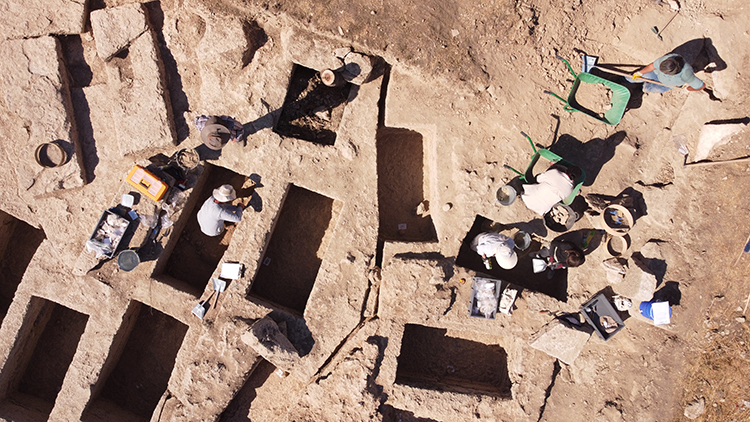
2,000-Year-Old Tombs in Hierapolis Restored to Their Original Form
Archaeologists have completed a 100% authentic restoration in the Northern Necropolis of the ancient city of Hierapolis, revealing the grandeur of Anatolia’s most impressive “city of the dead.” Archaeologists in Türkiye have completed the full restoration of 2,000-year-old tombs in the Northern Necropolis of Hierapolis—one of the largest and best-preserved ancient burial grounds in the
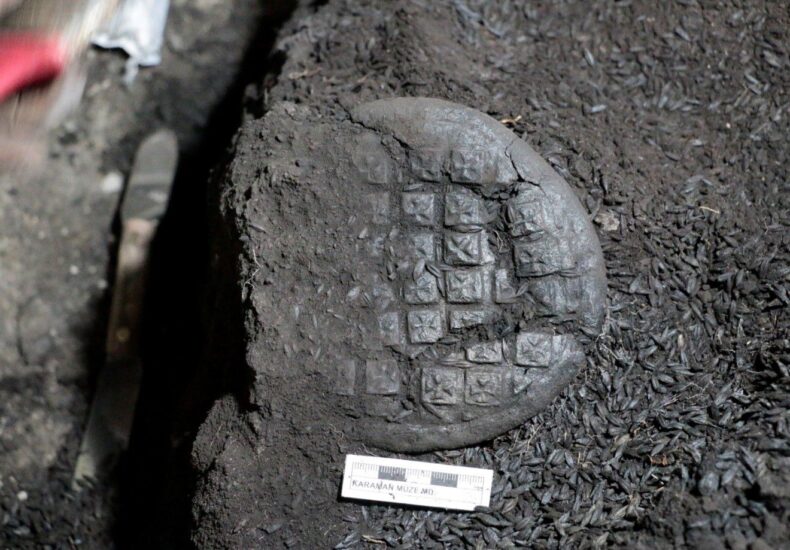
1,300-Year-Old Communion Bread Unearthed in Karaman: Inscribed “With Gratitude to Blessed Jesus”
Archaeologists have unearthed 1,300-year-old Communion bread — decorated barley loaves used in early Christian rituals — in the ancient city of Topraktepe (Eirenepolis), located in Türkiye’s Karaman province.The excavations, conducted under the supervision of the Karaman Museum Directorate and the Turkish Ministry of Culture and Tourism, uncovered five charred loaves dating to the 7th–8th centuries
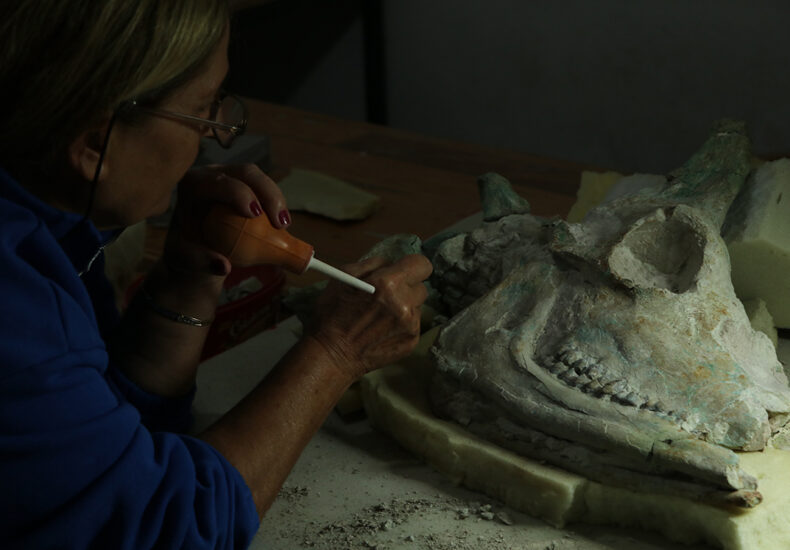
9-Million-Year-Old Giraffe Skull Unearthed in Türkiye’s Çankırı Region: Almost Perfectly Preserved
Archaeologists in central Türkiye have uncovered a nearly complete giraffe skull dating back around 9 million years. The discovery, made at the Çorakyerler Vertebrate Fossil Site, may represent a previously unknown species. A nearly complete giraffe skull fossil estimated to be 9 million years old has been unearthed in Türkiye’s Çankırı province, at the Çorakyerler

Unique Architectural Detail Unveiled: The “Fingerprint Dome” of Saint George Church Reopens in Diyarbakır
The 1,800-year-old Saint George Church in Diyarbakır has reopened after a meticulous restoration, revealing a striking architectural feature: a brick dome resembling a human fingerprint. Believed to carry the personal mark of its ancient architect, the structure is drawing thousands of visitors and renewed global attention. Located within the historic İçkale Museum Complex, the Saint

Transformation Through Time: A Roman Hospital Turned Byzantine Church in Kaunos
Archaeological excavations in the ancient city of Kaunos, located in Türkiye’s southwestern Muğla province, have revealed a rare architectural transformation spanning over a millennium.Researchers uncovered a Byzantine church built directly atop a Roman-era hospital complex, shedding light on how this coastal Carian settlement evolved from a center of healing into a place of faith. UNESCO-listed
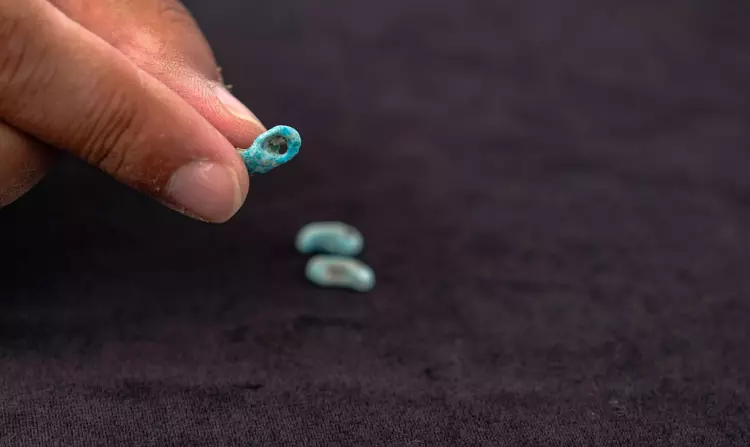
Seljuk Traces in St. Paul’s Lystra: Oldest Examples of the Evil Eye Bead Found
Archaeological excavations in Lystra, the ancient city known from the Bible as one of the places visited by St. Paul the Apostle, have revealed Seljuk-era traces and turquoise-colored “evil eye” beads inside children’s graves. Researchers believe these beads represent a cultural bridge — where Turkic beliefs merged with earlier Anatolian traditions, giving birth to the
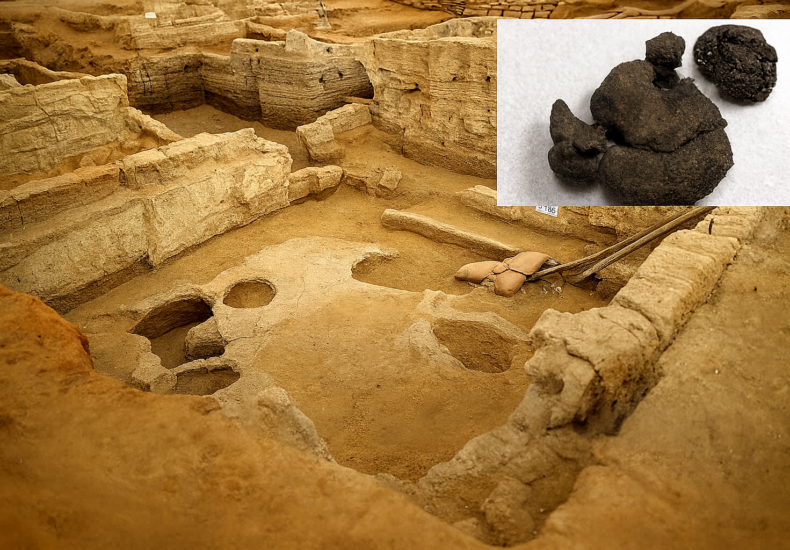
Anatolia’s Ancient Taste: 8,600-Year-Old Bread and 4,000-Year-Old Chickpeas Unearthed in Türkiye
Archaeological excavations supported by the Turkish Ministry of Culture and Tourism have brought to light the ancient taste of Anatolia, revealing extraordinary traces of the region’s early culinary and agricultural traditions. From 4,000-year-old chickpeas in Kütahya to 8,600-year-old bread remnants in Konya, these discoveries show how ancient communities cultivated, prepared, and ritualized food thousands of

Archaeologists Identify the Burial Chamber of Georgian King Ashot the Great at Gevhernik Castle
Archaeologists working at Gevhernik Castle in Ardanuç, northeastern Türkiye, have identified a vaulted burial chamber beneath the apse of the Church of Saints Peter and Paul, believed to be the long-lost tomb of Georgian King Ashot I (Ashot the Great, Kuropalates) — a pivotal ruler in the formation of medieval Georgia.The discovery provides the first
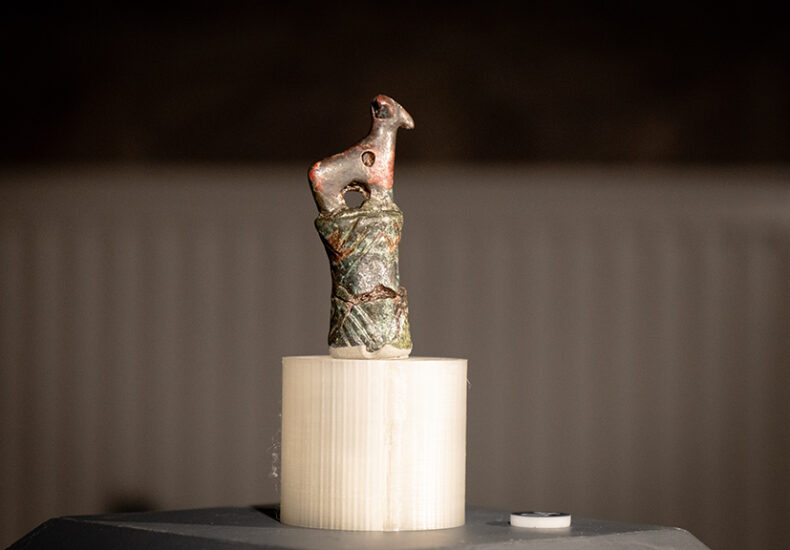
Echoes of the First City-State in Anatolia: Arslantepe’s 5,500-Year-Old Seal Exhibited for the First Time
Listed as a UNESCO World Heritage Site, Arslantepe Mound in eastern Türkiye is once again in the spotlight — this time for two extraordinary artifacts that bridge the dawn of civilization with the modern age. As part of the Culture Route Festival organized by the Ministry of Culture and Tourism, the “102 Artifacts for the

